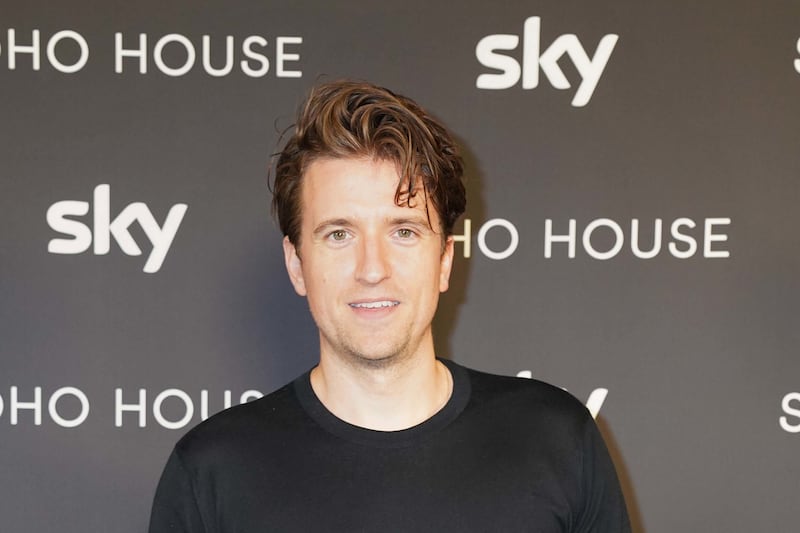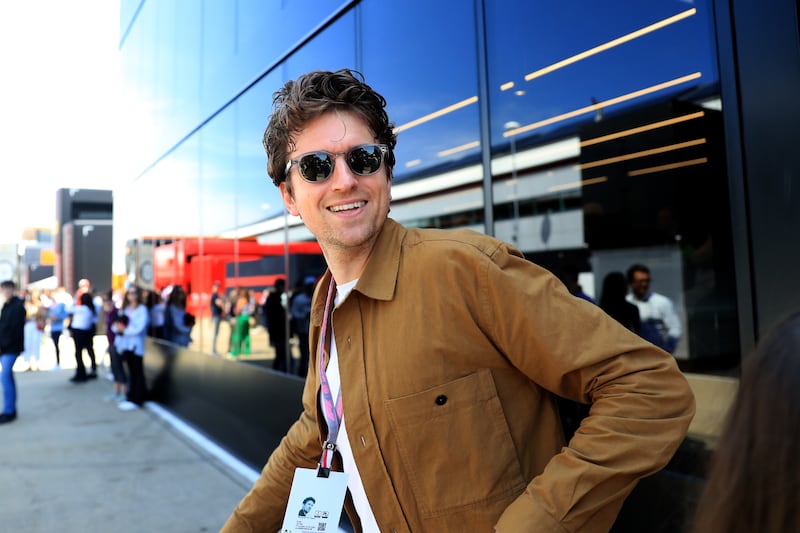MOST people know Roald Dahl as a famous writer of children's books, including George's Marvellous Medicine, but few are aware of his fascination with the world of medicine – or his contribution to it.
Right from his earliest days until the end of his life, Dahl was intrigued by what doctors do and why they do it.
Fate led him and his family to suffer some terrible medical tragedies: Dahl nearly died when his fighter plane went down in the Second World War; his son sustained a severe brain injury after being struck by a New York taxi; his daughter died of a measles-related infection of the brain and his first wife Patricia suffered a brain haemorrhage and subsequent stroke.
But Dahl, who died at the age of 74, turned such adversities into medical triumphs.
One man who got close to Dahl during the final months of his life is Professor Tom Solomon. In 1990 he was a 24-year-old junior doctor in John Radcliffe Hospital in Oxford, and helped look after Dahl towards the end of his life.
Now Professor of Neurological Science and Director of the Institute of Infection and Global Health at the University of Liverpool, where he confronts global health challenges such as Ebola and the Zika virus, Prof Solomon enjoyed many late night chats with Dahl.
His book, Roald Dahl's Marvellous Medicine, published last autumn on the 100 year anniversary of Dahl's birth, provides a unique insight into the man behind many of the nation's favourite childhood stories.
"He was a great writer but very inventive in other aspects of his life, particularly the way he dealt with adversity," says Prof Solomon.
"I was a busy young doctor when I first met him and I think I intrigued Dahl. He was used to people fussing over him, but I was busy writing up medical research on the ward computer when I had a minute.
"Rather than dismiss me, however, Dahl, wanted to know what I was doing. I got very close to him in his last few weeks and we talked about life, literature, love and death.
"He revealed how his wife's stroke had inspired his own treatments and cures – as well as The BFG’s Gobblefunk language."
When in 1965, Dahl’s wife, the Oscar-winning actor Patricia Neal, was left with half of her brain damaged, paralysed on her right side and unable to talk, there was little in the way of rehabilitation available.
Dahl didn't accept the three hours therapy a day she was being offered.
Ignoring professional advice, with the help of friends and neighbours he set up an intensive six-hours-a-day therapy regime for Patricia. She recovered well, eventually resuming her acting career, even getting another Oscar nomination.
The guide Dahl wrote with his neighbour, Valerie Eaton Griffith, eventually inspired The Stroke Association and the transformation of care for stroke sufferers.
His other great contribution to medicine, the Wade-Dahl-Till valve for treating hydrocephalus (water on the brain), helped over 5000 children around the world until it was superseded by a new design in recent years.
It was his research for the short story William and Mary which helped him come up with the design for the valve. An article on his creation – made with the help of neurosurgeon Kenneth Till and hydraulic engineer Stanley Wade – was published in The Lancet in March 1964.
But like his fictional creation Mr Hoppy in Esio Trot, Dahl was very modest about his contribution.
"Of course it was Ken and Stanley who really did it all, not me,” Dahl told Prof Solomon.
"In fact, Dahl was the driving force behind the venture and wrote the first draft of the Lancet article," explains Prof Solomon.
What of Dahl's own brain injury – did it make him a creative genius?
"Dahl liked to tell friends that his creativity began after a "big bang on the head" when he crashed his Gloster Gladiator fighter in the desert in Libya in 1940.
"He did fracture his skill and have temporary blindness, but it didn't cause sudden artistic output syndrome, a condition where brain damage ignites a spark in the arts that wasn’t there before.
"However, it is possible that it damaged his frontal lobe, which deals with inhibition, perhaps accounting for his frankness and ability to write things many other's wouldn't dare."
Prof Solomon is proud of his own eccentricity and zaniness, using the twitter name @runningmadproff. He even holds two world records – one for running the fastest marathon dressed as a doctor and the other for the 'largest ever brain made out of people'.
This week Prof Solomon brings his two Roald Dahl shows to the Northern Ireland Science Festival.
As well as the sold-out children's event, his adult event, An Unexpected Evening with Roald Dahl's Doctor, promises an intimate evening of discussion about Dahl's literature and medical inventions.
Audiences will also raise a glass in his memory with a complimentary William and Mary cocktail or jar of green fizzy Frobscottle.
:: An Unexpected Evening with Roald Dahl's Doctor, Friday February 17, The Black Box, Belfast, 8pm. See NIScienceFestival.com for full details. Roald Dahl’s Marvellous Medicine by Tom Solomon is published by Liverpool University Press. All author royalties from the book are being donated to charities working in areas that were of interest to Roald Dahl.








